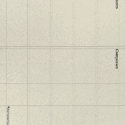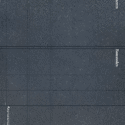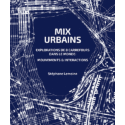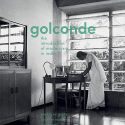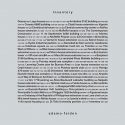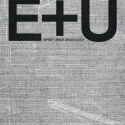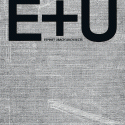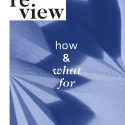Your Cart is empty
Tracé Bleu (ENG ED.)
Architecturestudio
Tracé bleu is a forward-looking approach that questions the ecological and social challenges facing our inhabited environments. Architecturestudio draws on its international experiences as an architect and urban designer to cross its approach with those of various multidisciplinary thinkers and experts.
Starting from the given at a geoscale, how to anticipate the common good ? How to create incentive projects for more virtuous and ecological behaviours ? How an urban or architectural project becomes part of daily life ? These are the questions that Architecturestudio addresses, using cross-experiences to examine the future of our practice.
With Contributions of
CENTQUATRE-Paris, Marc-Antoine Durand, experts, sociologists, anthropologists, geographers
FRENCH EDITION

